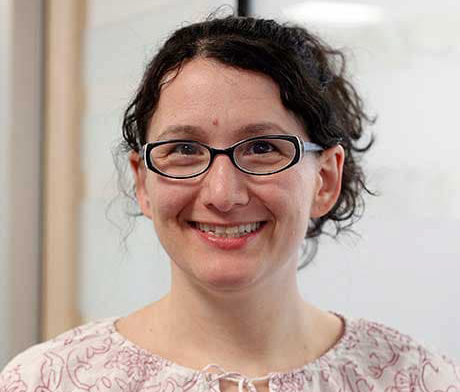
INSTITUTE OF HEALTH EQUITY AND SOCIAL JUSTICE RESEARCH
Although legal exclusion in slums has not been featured prominently in global health research, recent studies on Indian cities have shown a strong relationship between legal exclusion and various poor outcomes including infant mortality, child vaccination, child and adult under nutrition, literacy, and educational attainment. Community environmental deficiencies, including deficiencies in infrastructure and location disadvantages, are among the explanations most frequently cited to explain poorer health outcomes in non-notified slums, as compared to notified slums.
Recent ethnographic studies have shed light on some of the other factors that shape health and well- being in slums. These factors include exposure to violence, fragmented social relations, strained interactions with government and health institutions, and a marginalized position in the urban underclass of the global capitalist economy. Beyond the more specific focus on health, recent ethnographies in Indian slums reveal significant variations in the ability of residents to access basic services, garner political power, and maintain individual and social resilience. These studies show that the moniker of “slum” masks significant diversity across legal category, geographic location, and degree of social and economic marginalization, all of which shape residents’ opportunities, well-being, and subjective experiences.
On the one hand, legally recognized slums such as Dharavi has drawn political and economic strength by extensive negotiations with politicians, police officers, and representatives of civil society organizations, whereas on the other, for residents of more precarious — although not necessarily non-notified — slums, such negotiations are often less successful or can exact a significant personal and collective price even when they are successful.
Building on these insights from social epidemiology, urban ethnography, and migration studies, our research will investigate how legal exclusion, in particular, shapes social conditions, as well as how it impacts subjective experiences of health and well being, and intersects with other forms of social marginalization based on gender, caste, and religion.
This research explores the construction of legal exclusion in Kaula Bandar using several methods across three analytic levels:
A fourth comparative research component entails ethnographic research and life history interviews in two additional, similarly sized but differently administered slums to help disentangle the impacts of legal exclusion from other community-level characteristics of informal settlements in Mumbai.
It will employ a CBPR strategy that utilizes the “barefoot researcher” model developed by Partners for Urban Knowledge, Action, and Research (PUKAR), the Mumbai-based partner organization for this study.

Liza Weinstein
Principal Investigator
Chair; Associate Professor of Sociology
Department of Sociology and Anthropology
Northeastern University

Ramnath Subbaraman
Co-PI; Assistant Professor
Department of Public Health and Community Medicine
Tufts University School of Medicine

Saloni Dev
Project Manager
Stipend Graduate Assistant; Institute for Health Equity and Social Justice Research
Northeastern University

Anita Patil-Deshmukh
Co-PI; Executive Director
Partners for Urban Knowledge, Action, and Research (PUKAR)
Northeastern University